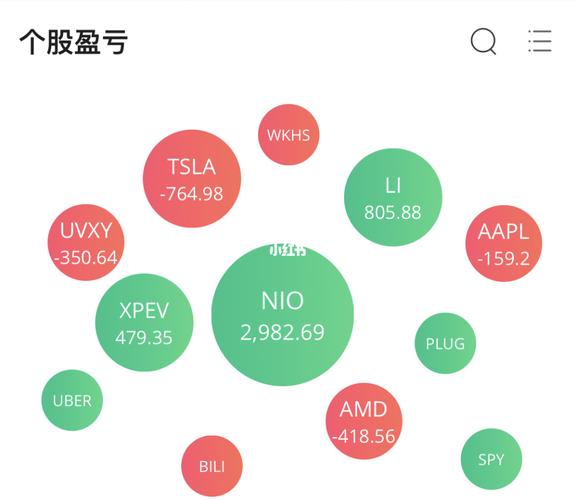Understanding Stock Options: A Comprehensive Guide
Stock options are a type of financial derivative that grant the holder the right, but not the obligation, to buy or sell a specific amount of stock at a predetermined price within a specified time frame. This guide aims to provide a comprehensive understanding of stock options, including their types, mechanics, strategies, and risks.
Types of Stock Options
1.
Call Options
: A call option gives the holder the right to buy shares of the underlying stock at a predetermined price, known as the strike price, before the option expires.
2.
Put Options
: A put option grants the holder the right to sell shares of the underlying stock at the strike price before the option expires.
Mechanics of Stock Options
1.
Strike Price
: The price at which the option holder can buy (for call options) or sell (for put options) the underlying stock.
2.
Expiration Date
: The date by which the option must be exercised or it becomes worthless.

3.
Premium
: The price paid by the option buyer to the option seller for the right to buy or sell the underlying stock.
Option Trading Strategies
1.
Buying Call Options
: This strategy is bullish, as it profits from a rise in the price of the underlying stock. Traders buy call options when they expect the stock price to increase significantly.
2.
Buying Put Options
: This strategy is bearish, as it profits from a decline in the price of the underlying stock. Traders buy put options when they anticipate a significant decrease in stock price.
3.
Selling Covered Calls
: This strategy involves selling call options on a stock that the trader already owns. It generates income in the form of premiums but limits potential upside gains.
4.
Selling CashSecured Puts
: Traders sell put options and secure the potential obligation to buy the underlying stock with enough cash in their account. This strategy aims to generate income or acquire the stock at a lower price.
5.
Spreads
: Options spreads involve simultaneously buying and selling options on the same underlying stock, but with different strike prices or expiration dates. Popular spreads include bull spreads, bear spreads, and iron condors.
Risks of Trading Stock Options
1.
Limited Duration
: Options have expiration dates, so if the stock price doesn't move as anticipated before the expiration, the option may expire worthless.
2.
Leverage
: Options allow traders to control a larger position with a smaller amount of capital, which magnifies both gains and losses.
3.
Time Decay
: Options lose value as time passes, especially as they approach expiration. This phenomenon is known as time decay or theta decay.
4.
Volatility Risk
: Options prices are influenced by volatility. High volatility can inflate option prices, while low volatility can deflate them.
5.
Assignment Risk
: If you sell options, there's a risk of being assigned (obligated to fulfill the terms of the contract) at any time before expiration.
Conclusion
Stock options offer versatile trading opportunities for investors and traders alike. Understanding their mechanics, strategies, and risks is crucial for effective and informed decisionmaking in the financial markets. Whether used for speculation, hedging, or income generation, options can be powerful tools when employed judiciously and with a clear understanding of the associated risks.
